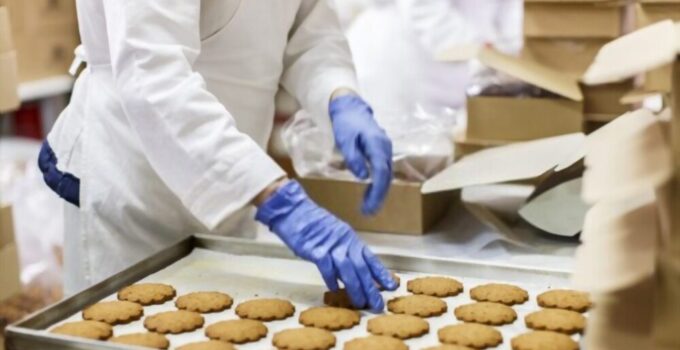Food is a natural magnet for pests. Because of this, pest management is essential to the food industry’s ability to maintain its high food safety standards. Pests may carry a broad range of pathogens, including bacteria, viruses, and many more. They pose a danger to the health of those who handle and prepare, as well as to the general public.
To better understand the significance of pest management in the business, read more about the types of pests that exist, the dangers they bring, and the steps that can be taken to combat them.
PESTS THAT POSE A THREAT TO THE FOOD INDUSTRY INCLUDE WHAT?
Various pests depend on the location, environment, and food items being processed. But specific problems, such as cockroaches, flies, and moths present in most food businesses, are more numerous than others.
Common Industry Insects
These pests are different based on what sort of food is being processed or manufactured and where they are located. Consequently, its management in the business requires the appropriate identification of the species to use the most efficient treatment approaches. A sampling of some of the most often encountered pests found in the food supply chain worldwide:
-
Insects Such As Cockroaches
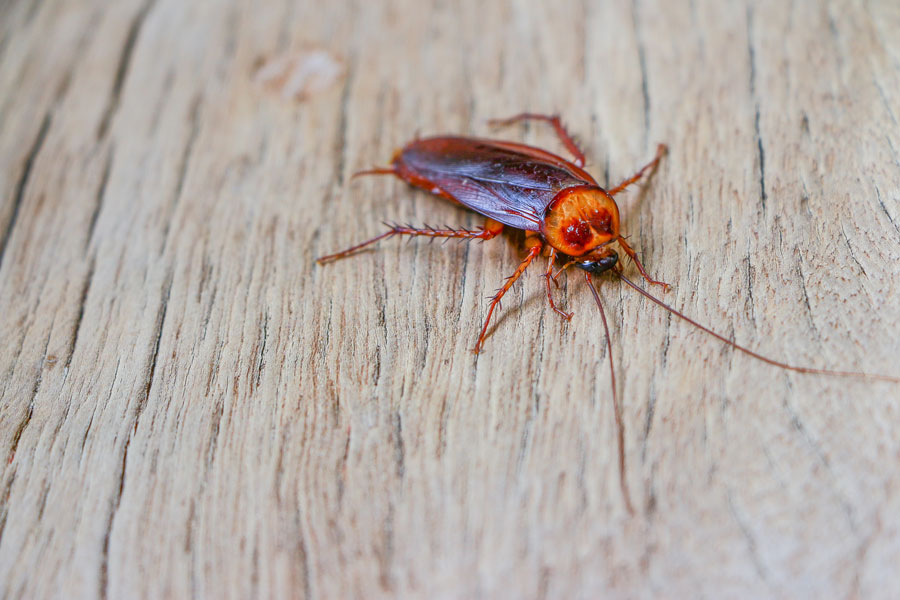
Source: activepestcontrol.com
For a good reason, they are among the most despised pests. In addition to six parasitic worms, seven human illnesses, and at least 33 types of bacteria, they are known to carry. Besides their ability to hide in tiny cracks, diversified food, and high reproductive capability, they also have a penchant for concealing. Crawling through sewage or other unsanitary areas may cause them to pick up dirt and bacteria on their legs, which they can subsequently carry to food, workstations, and food processing equipment, increasing the risk of contamination.
-
Rats And Mice
Even today, the business is confronted with a significant challenge: rodent management. A rodent is a rat or a mouse. A rat infestation may be detected by looking for symptoms such as gnawing noises, droppings, nibbling on cables and insulation, and urine stains visible under UV light. They mate quickly and nest near to where they get their food. Rodents may cause damage to property, electrical and mechanical equipment, and food packaging; they can also spread disease-causing parasites by contaminating food with droppings, hair, and urine.
-
Flying Insects
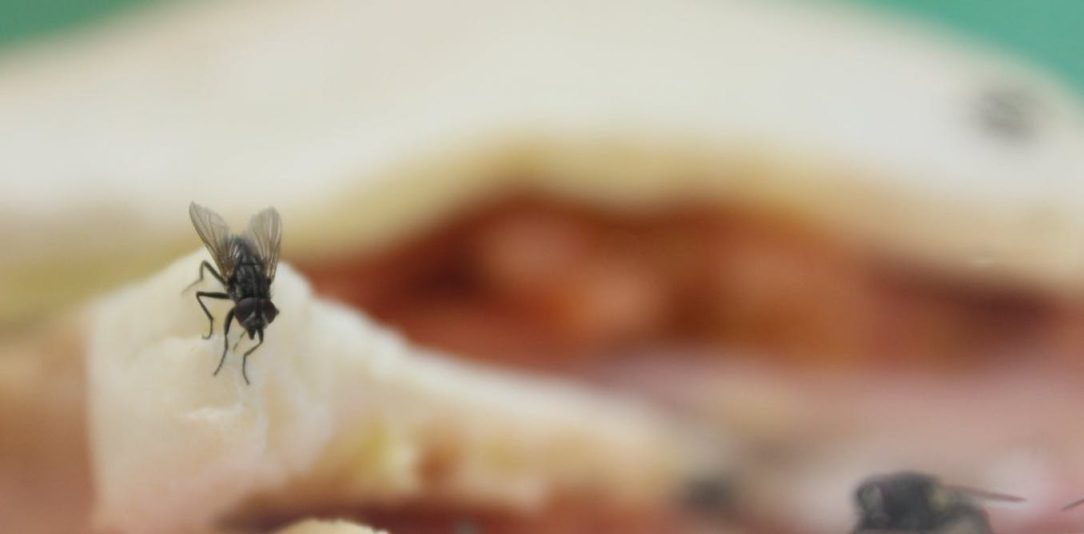
Source: theconversation.com
Flies of various species may transmit more than 100 dangerous infections. Aside from contaminating fresh food, manufacturing, and processing equipment, and other workstations, they also share disease-causing germs by breeding in rotting waste and damp, dirty surroundings. In the course of feeding, they ingest and expel polluted material. The digestive fluids and even the excretion of certain animals are regurgitated when eating or resting. This adds to the spread of the disease.
-
It’s All About The Birds!
Larger birds, in particular, may do a lot of physical damage by dislodging roof tiles and obstructing gutters with their nests and feathers. There is a risk of food contamination from bird droppings, nesting materials, and feathers, as well as surfaces, preparation spaces, and equipment. Bird feces are not only smelly and unappealing, but it is also dangerous. Consider hiring a bird control company to prevent the spread of dangerous illnesses such as germs, viruses, protozoa, and fungus. Salmonella, Campylobacter, and E. coli are some of the most frequent bacteria that cause foodborne illness. Other arthropods, such as fleas, bird mites, and even certain kinds of beetle, may thrive in their roosting and breeding areas.
REASONS TO CONTROL PESTS
Sector pests offer a significant risk. The following are some examples:
- Pathogen transmission is a means of causing illness.
- Damage to property and equipment
- Food goods and workstations may be contaminated.
- Reputational damage and a reduction in standing
- Accusation and dismissal
IN WHAT WAYS MIGHT IPM BE BENEFICIAL?
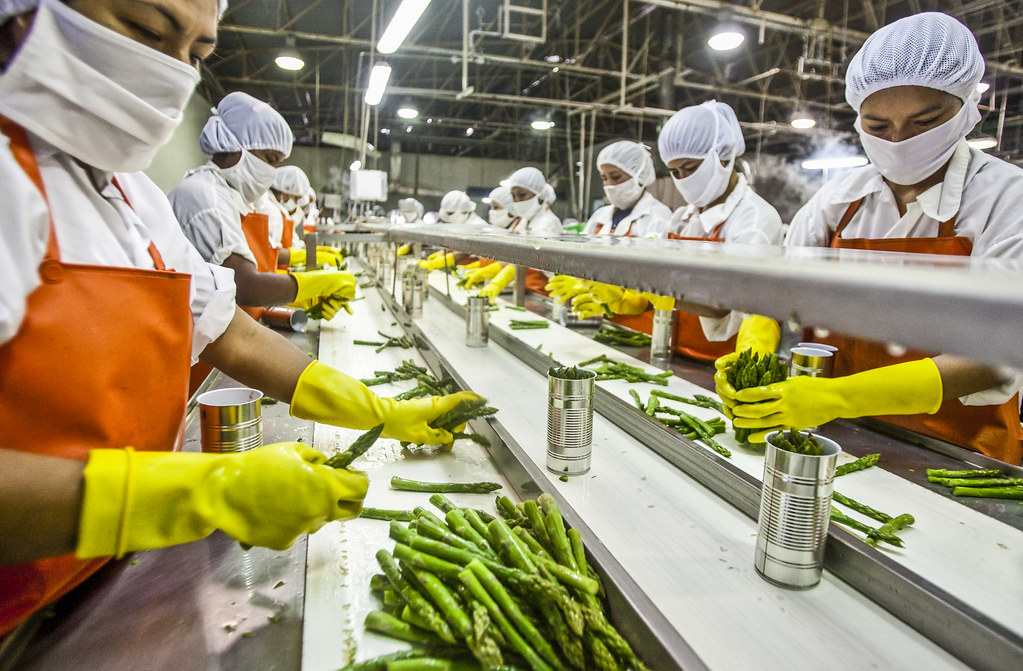
Source: sathguru.com
It’s better to keep pests out of your facility than to try to get rid of them after they’ve made their way inside. To implement this strategy, the following actions are necessary:
-
An Examination
First and foremost, you must do a thorough examination of your facilities. Where food is stored, either raw or packaged, should be the first area to investigate. Employee break rooms, receiving docks, locations prone to spillage, and so forth. To ensure that pests cannot aren’t able to get into your home or business, you should also check the areas where they may hide, such as cardboard boxes, closets, and other locations where bugs like to hide and reproduce. In most cases, a once-a-week checkup should be enough. The frequency and intensity of inspections should be increased if your institution has a history of its infestation.
-
Anticipatory Measures
When it comes to keeping from invading your business, structural upkeep is one of the most efficient methods. Post-inspection, it’s a good idea to block up any possible access places. To ensure that your pest management activities are successful, sanitation is an essential step. Maintain a clean, dry, and tidy environment in the production and storage facilities. Pest-infested regions should be documented, and necessary actions made to control them.
-
Keeping A Close Eye On And Documenting The Process
When doing inspections or preventative measures, every action should be well documented and recorded. A careful eye should be maintained on your facility after deploying not aren’t the deployment of preventive measures to immediately apply procedural adjustments to help manage and remove any recurring insect infestation. It’s a good idea to keep detailed records for future reference.
It is critical to note that an IPM Program should be tailored to your facility’s kind of infestation, the area in which it operates, and your business’s needs. Your outcomes will improve as a consequence.
WHAT ARE THE MOST EFFECTIVE METHODS OF PREVENTION?
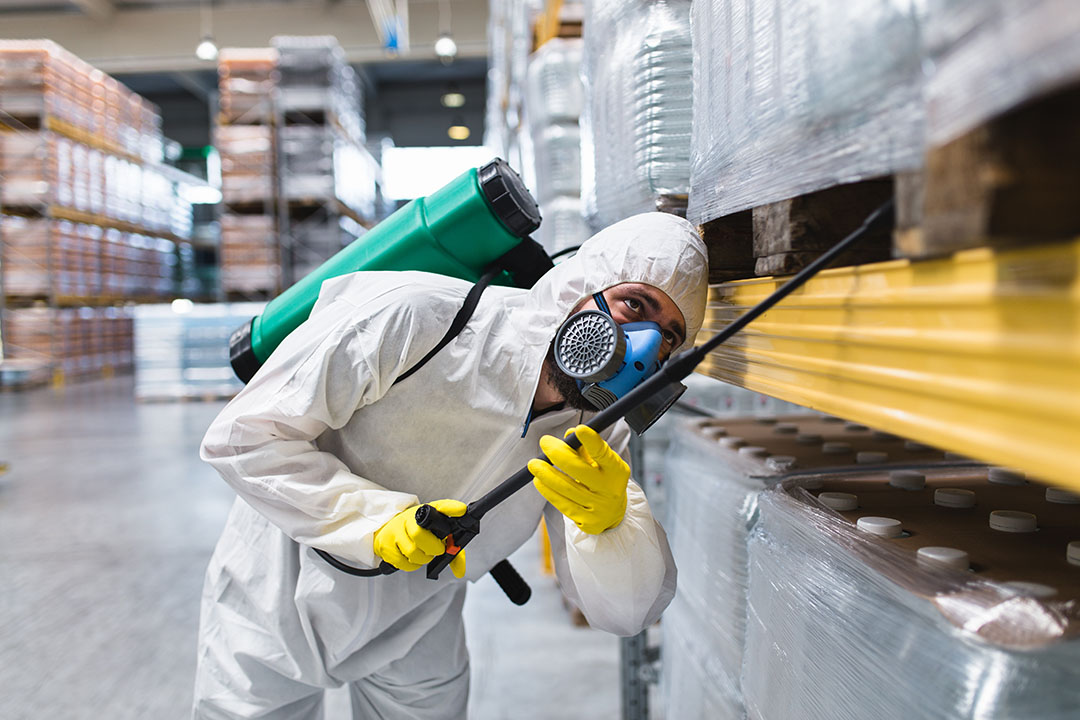
Source: safetyskills.com
- The first line of defense is the facility manager, whose job is to keep an eye out for symptoms of infestation and possible access sites.
- For pest control, exclusion and cleanliness are two of the most fundamental and practical preventative measures the food sector may use. This prevents the spread of it and makes the workplace safer, more efficient, and more structured.
- Do not use waste disposal that isn’t up to par. Keep the inside and outdoors of your food facility clean and clear of any unneeded clutter and dirt by following a specified strategy.
- Keep out by caulking any openings around pipes, docks, or foundations that might be a site of entrance for them.
- Keep an eye out for regions that are likely to be affected.
- This will prevent the development of plants that may serve as an entry point for pests.
- Every stage of the food supply chain, from raw ingredients to packaged items, should be thoroughly inspected. To maintain safety, routine inspections and adequate pest control must be +planned and done regularly.
FINAL VERDICT
Choose commercial pest control services to ensure that your facility is clear of any pest-related dangers. With a comprehensive management strategy, Take Care Termite can guarantee remarkable results in the food sector. Inquire about any pest control needs for your food processing and handling facilities by contacting us now.

